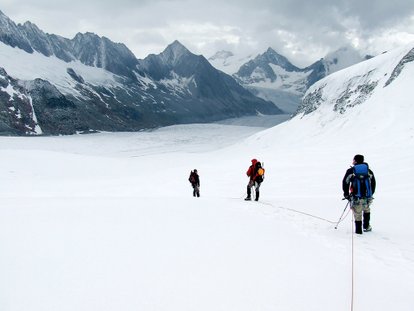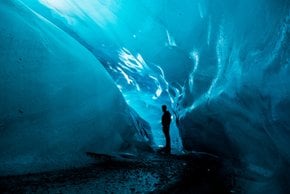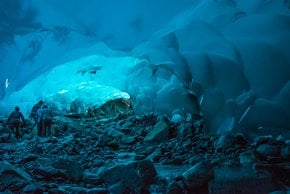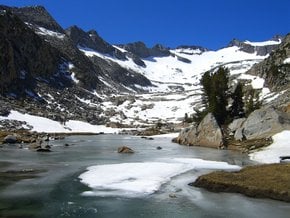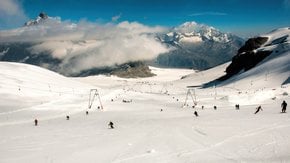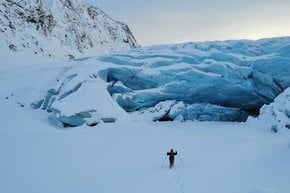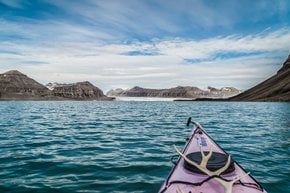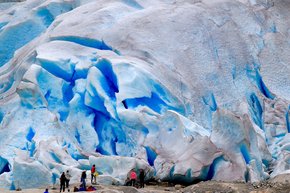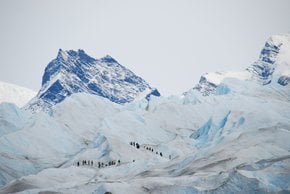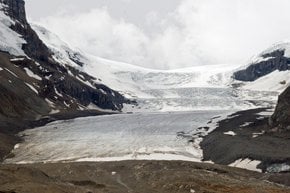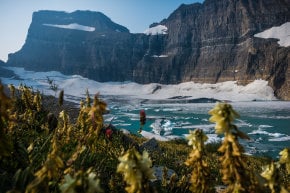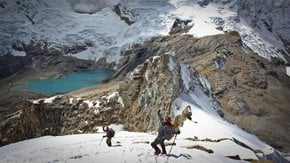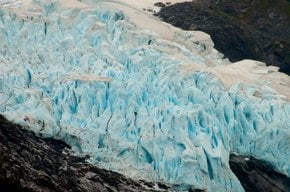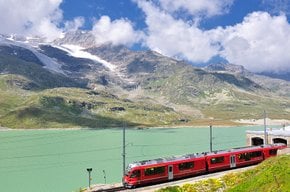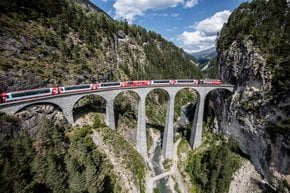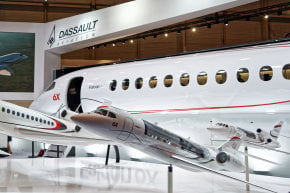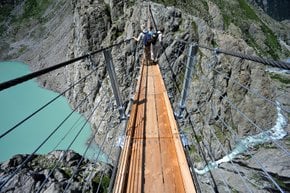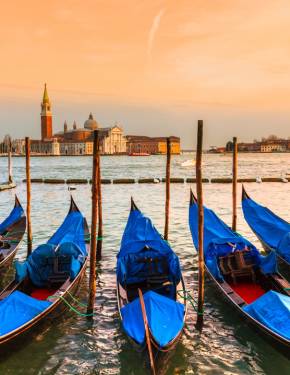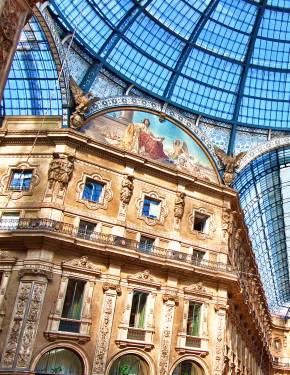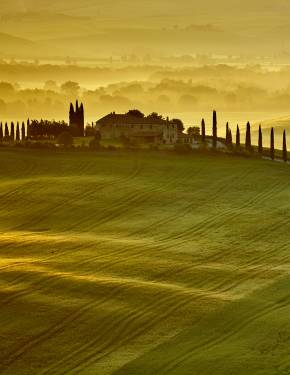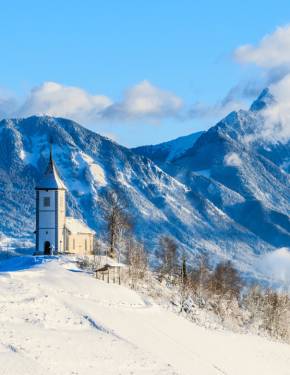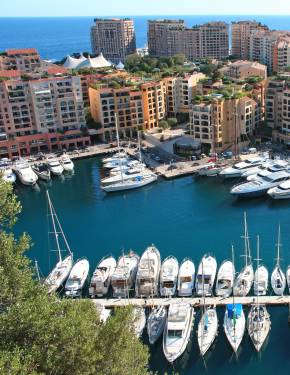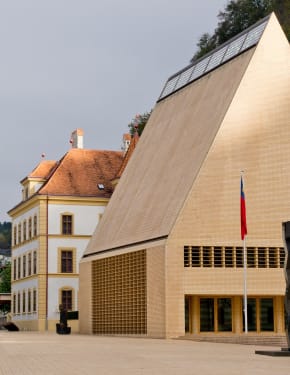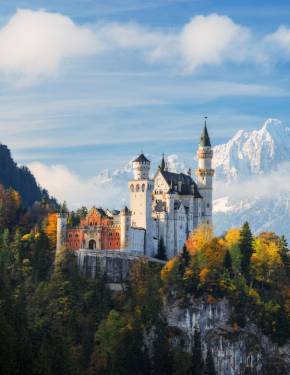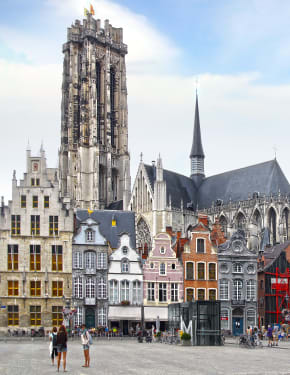Great Aletsch Glacier in Switzerland 2026
This enormous ice river could have provided every human being on Earth with a litre of water per day for six years
Best time: mid-June–mid-October
Aletsch Glacier is the longest glacier of the European Alps. The ice flow stretches for 23 km from the Jungfrau region set at about 4,000 m above sea level down to the ice caves of the Massa Gorge that is about 2,500 m lower. The width of 1.6 km and thickness of 900 m are as astonishing as the length of the ice stream.
A few more numeric data so that you realise the magnitude of the glacier. The area of the glacier surface is about 86 square kilometres. Its weight is calculated to be about 27 billion tons, and this equals the weight of over 70 million jumbo jets. It would be strange if this unique natural formation hadn't been listed as the UNESCO World Heritage Site.
Aletsch Glacier was formed of three separate glaciers over 18,000 years ago. Two dark stripes that run almost along the entire length of the glacier are called medial moraines, they mark the borders between once different ice formations. As any other glacier, Aletsch has accumulation zone where new ice is constantly being formed, as well as the zone of ablation where ice melts. Glaciers have always been retrieving, getting slightly longer, or shorter, and then back again—such movement is considered a norm. However, scientists are concerned about too rapid retrievement observed nowadays and attribute it to global warming.
Whoever wants to explore these fascinating lands of ice is welcome to join a guided walk. Tours usually start operating in mid-June and continue till mid-October; yet, sometimes the season could shift to May and September.
The glacier is nestled in the eastern Bernese Alps in the Canton Valais. The best places to admire the beauty and majesty of the Great Aletsch Glacier are the Moosfluh, Bettmerhorn, Hohfluh, and Eggishorn viewpoints. On the map below, you can see the glacier location and find the best lodging options in the vicinity of the ice giant.

